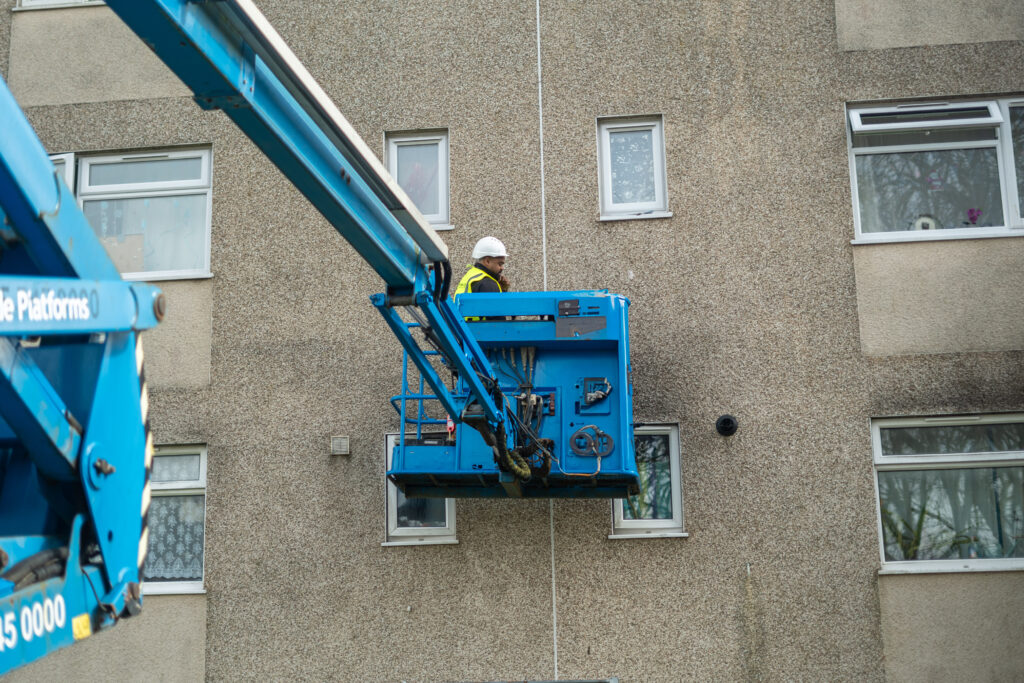This blog focuses specifically on Structural Safety, detailing the key aspects that must be included in your Safety Case Report. While other areas, such as fire prevention, emergency procedures, and risk assessments, are equally critical, structural integrity plays a fundamental role in ensuring the long-term safety and stability of high-rise buildings.
The Building Safety Act 2022 recognises structural integrity as a key risk area for high-rise buildings. As a result, your Building Safety Case must include detailed information on your building’s structure and its impact on overall safety. This may include:
A building’s foundations and load-bearing structures are critical to its overall stability. Your safety case should document the type of foundation, its condition, and how it supports the structure. Identifying potential weaknesses or past reinforcements ensures risks are properly assessed and mitigated.
Historical data from structural surveys and inspections provide essential insight into a building’s integrity. Your report should include findings from past assessments, highlighting any areas of concern, remedial actions taken, and ongoing monitoring strategies to prevent deterioration.
Elements such as cladding support systems contribute to the building’s overall resilience. Documenting their location and condition helps assess their role in structural stability. This is particularly important in high-rise buildings, where failures could compromise safety.
At Stability systems ensure the building withstands lateral and vertical forces, such as wind and weight distribution. Your safety case should outline these systems, including load paths and reinforcement strategies, ensuring they remain effective in safeguarding the structure.
Any previously identified structural concerns should be clearly recorded, along with measures taken to address them. This includes defects, signs of material degradation, or potential weaknesses that could impact long-term safety. Proactive risk management is key to compliance.
Major modifications, such as extensions, refurbishments, or alterations to load-bearing elements, should be documented. Understanding how these changes impact structural integrity ensures that new risks are identified and managed, maintaining compliance with safety regulations.

A robust Safety Case Report must include detailed information on a building’s structural integrity, covering foundations, stability systems, past inspections, and any significant modifications. Proper documentation helps ensure compliance with the Building Safety Act 2022 while protecting occupants and the long-term resilience of the building.
Understanding and meeting these requirements can be complex, but Firntec is here to help. Speak to our team to discuss any building safety case needs you may have and ensure your property remains fully compliant with the latest regulatory standards.
©2024 Firntec LTD. England. Company Number 13460282.
